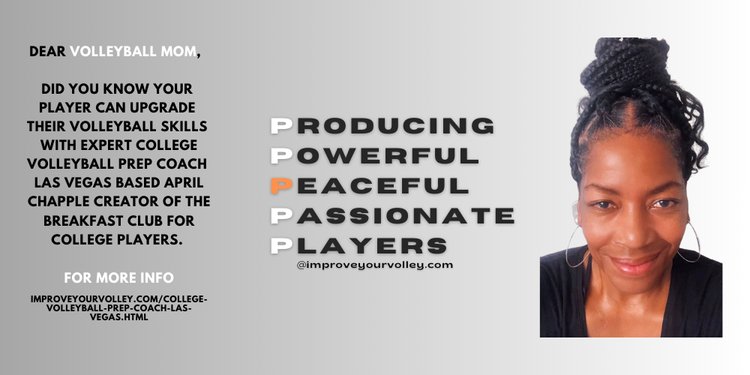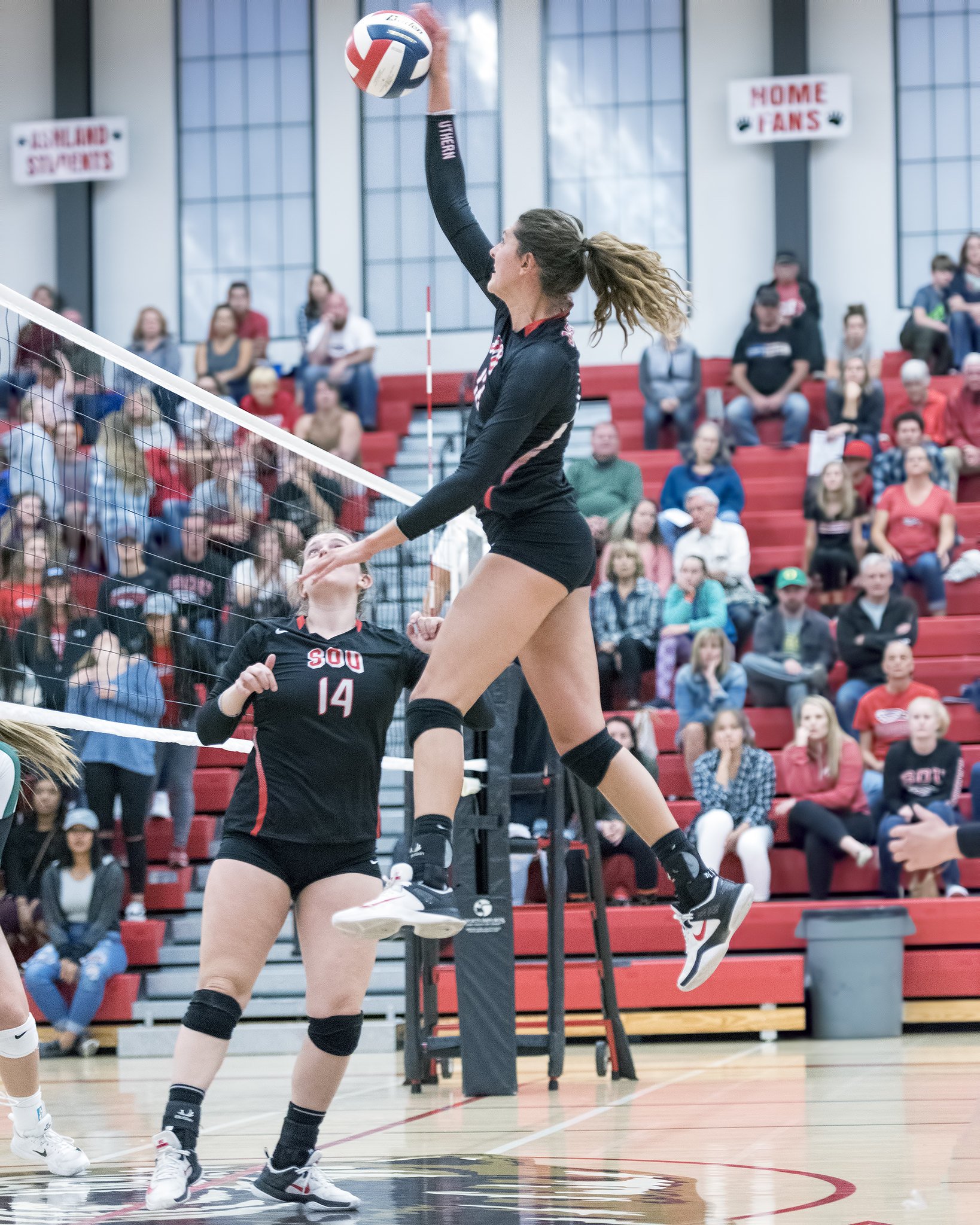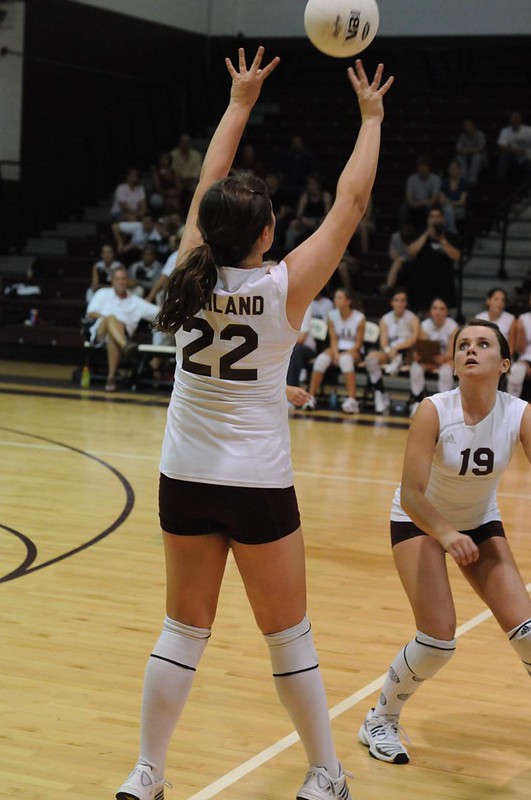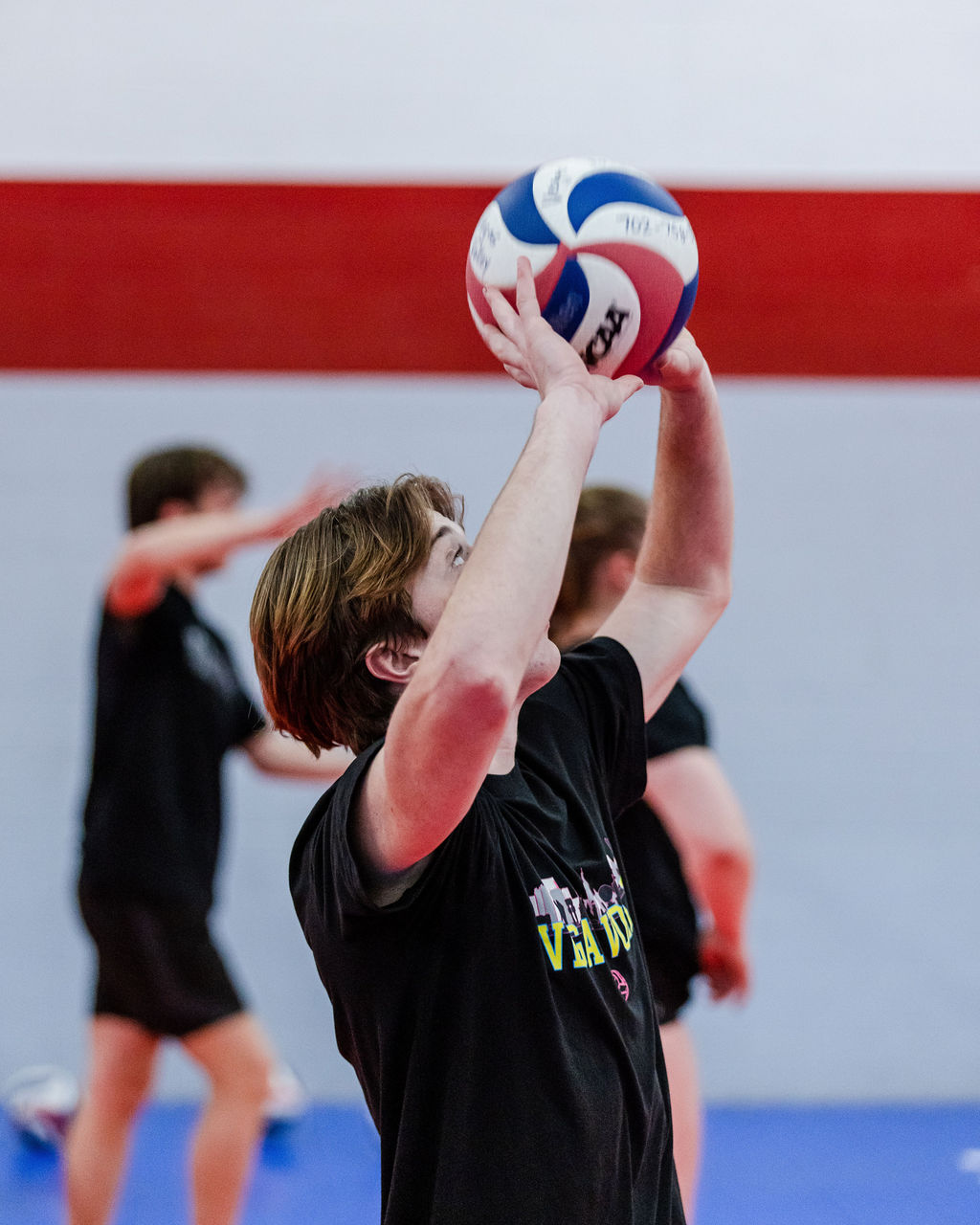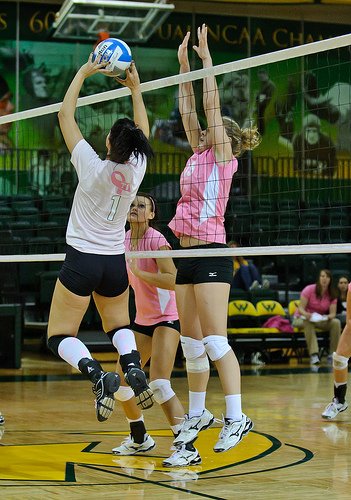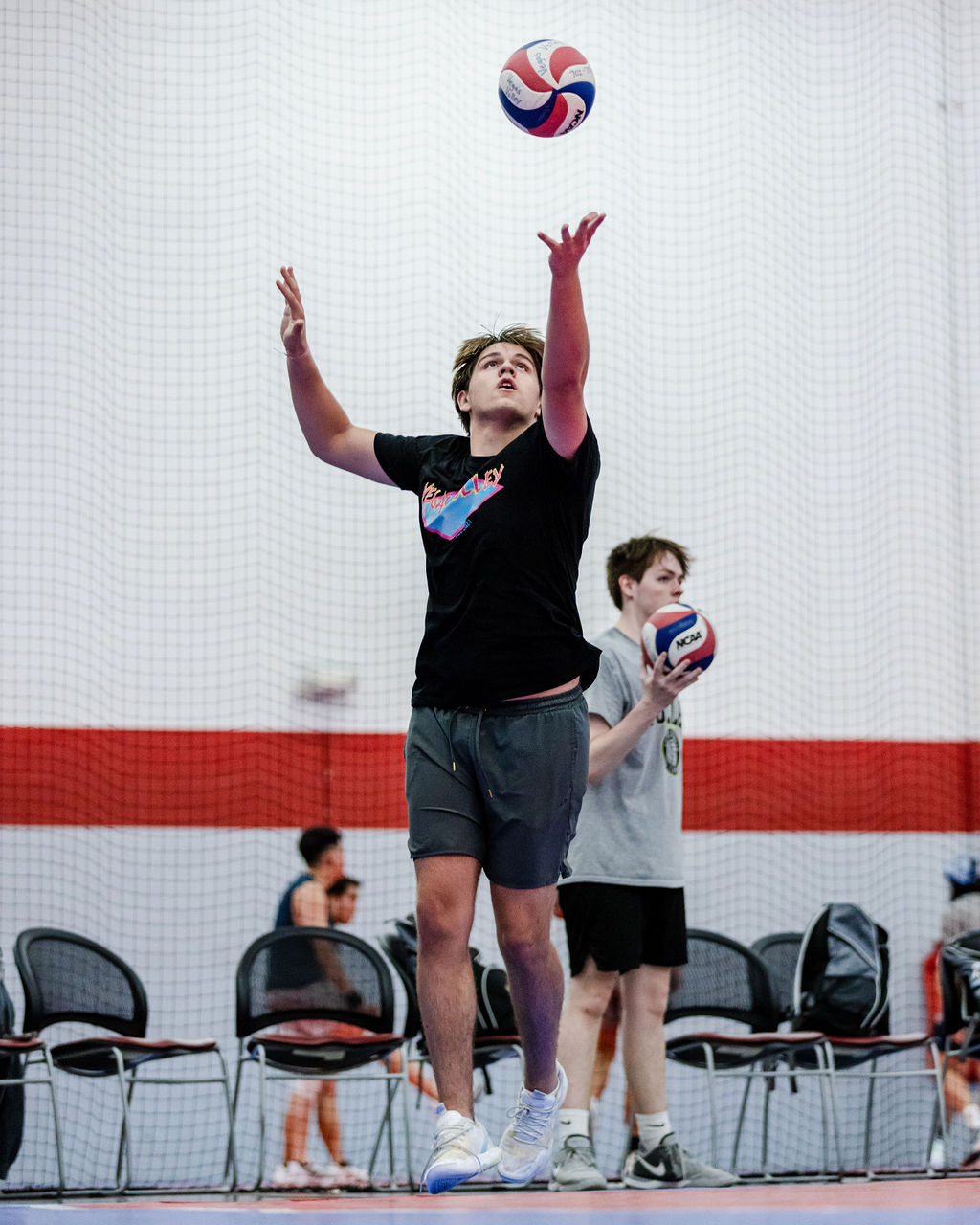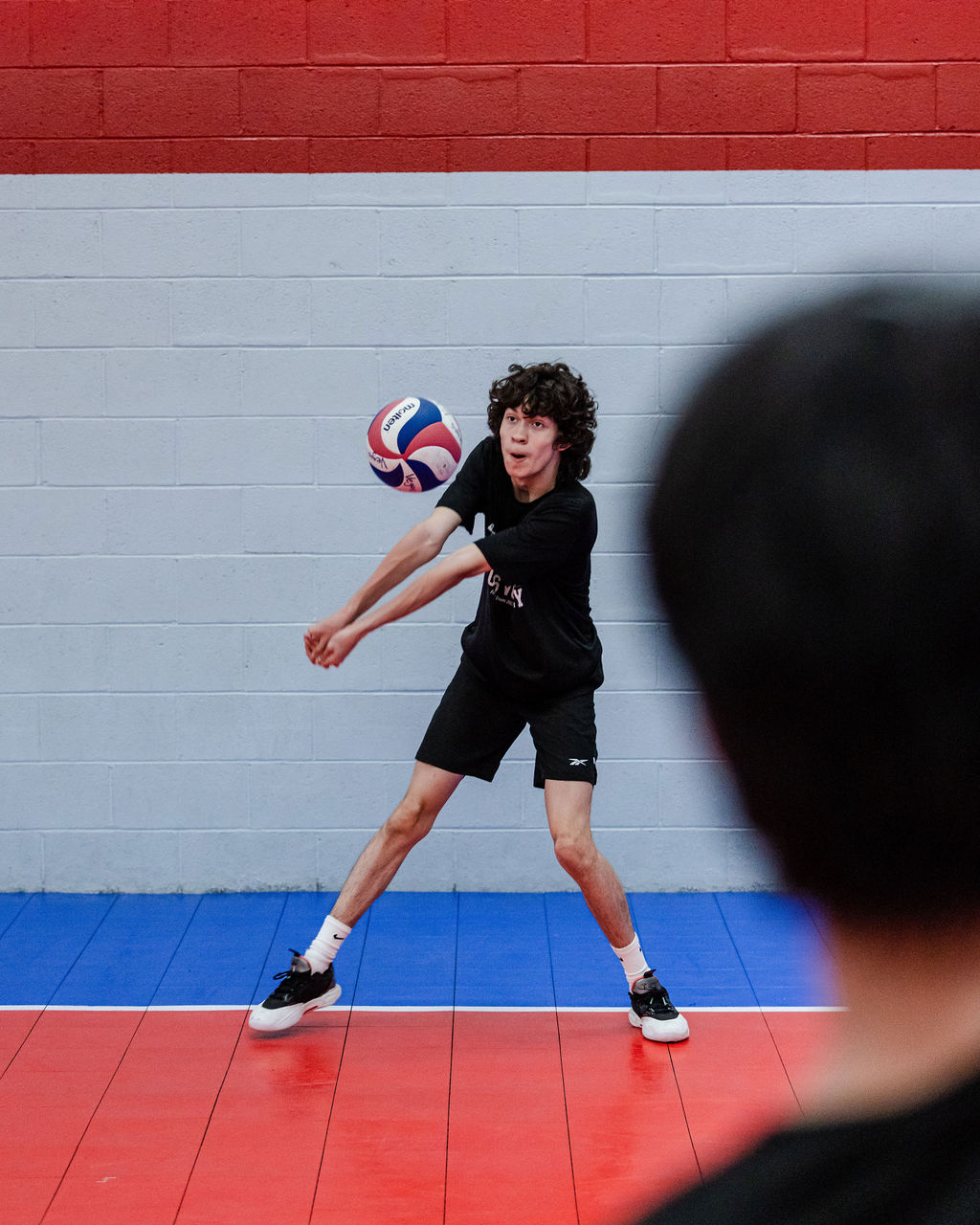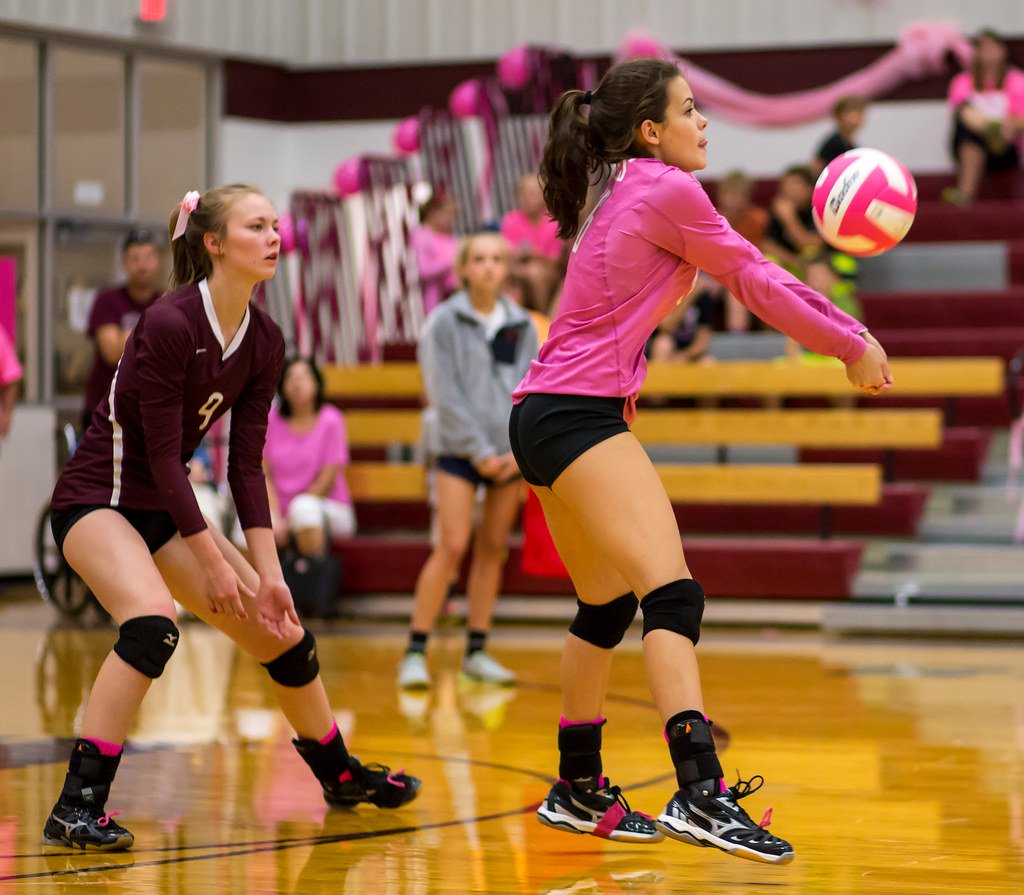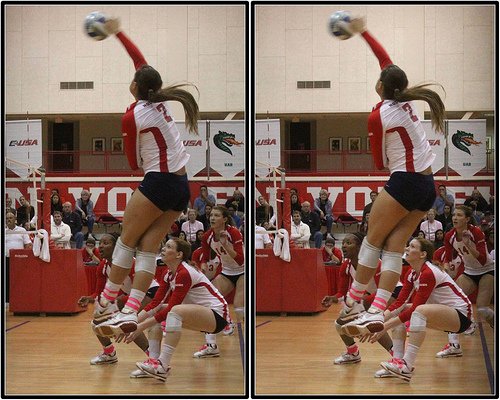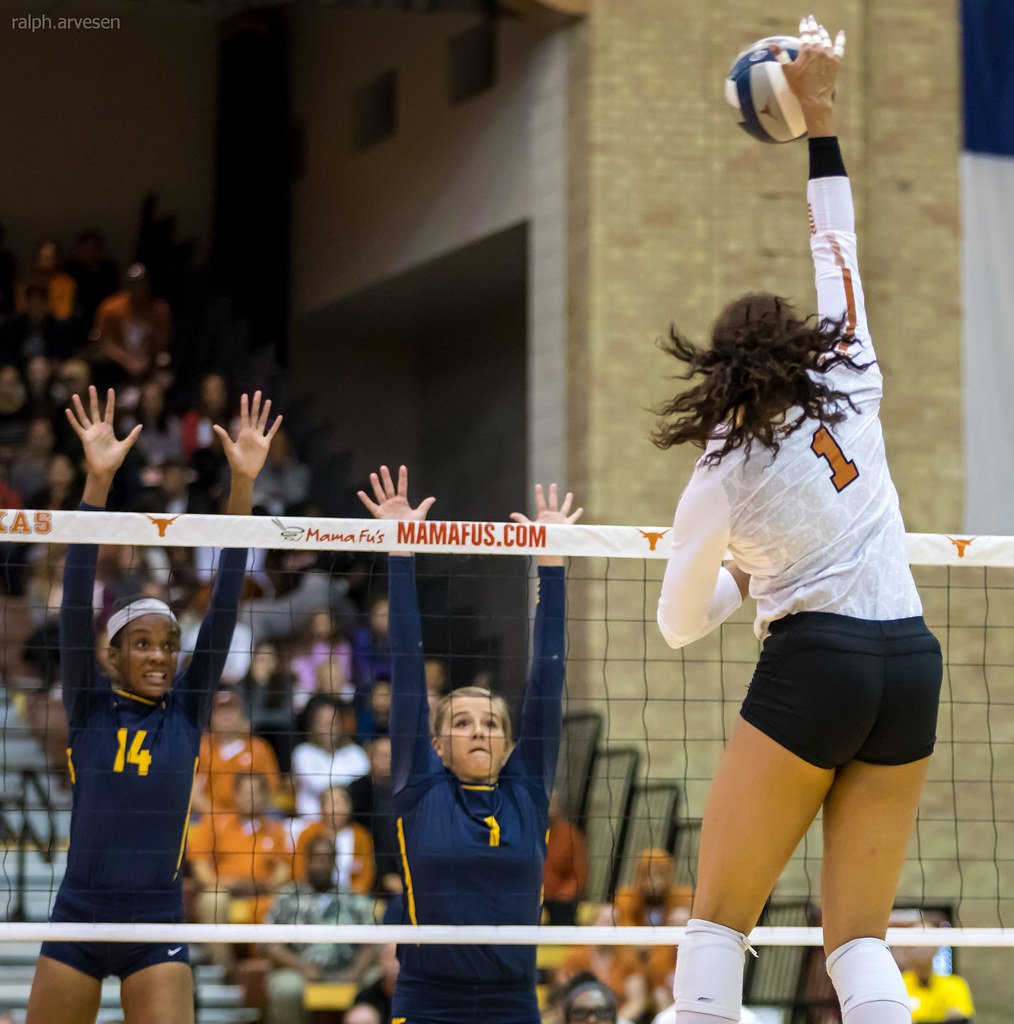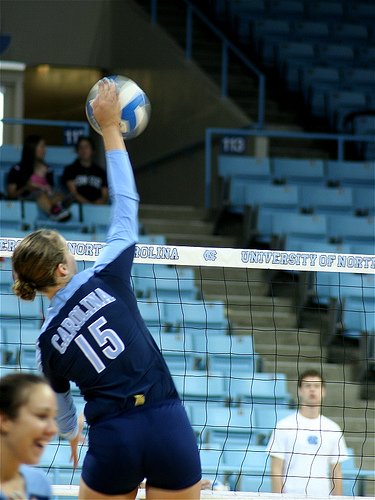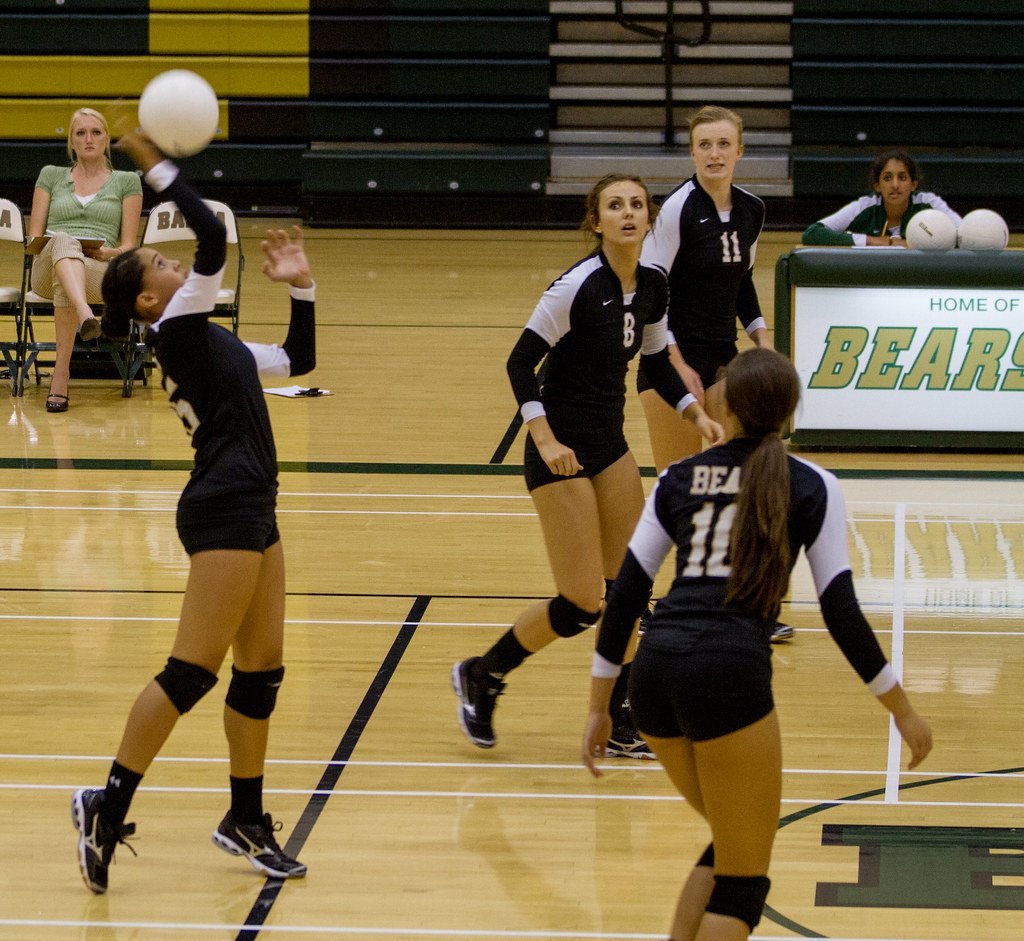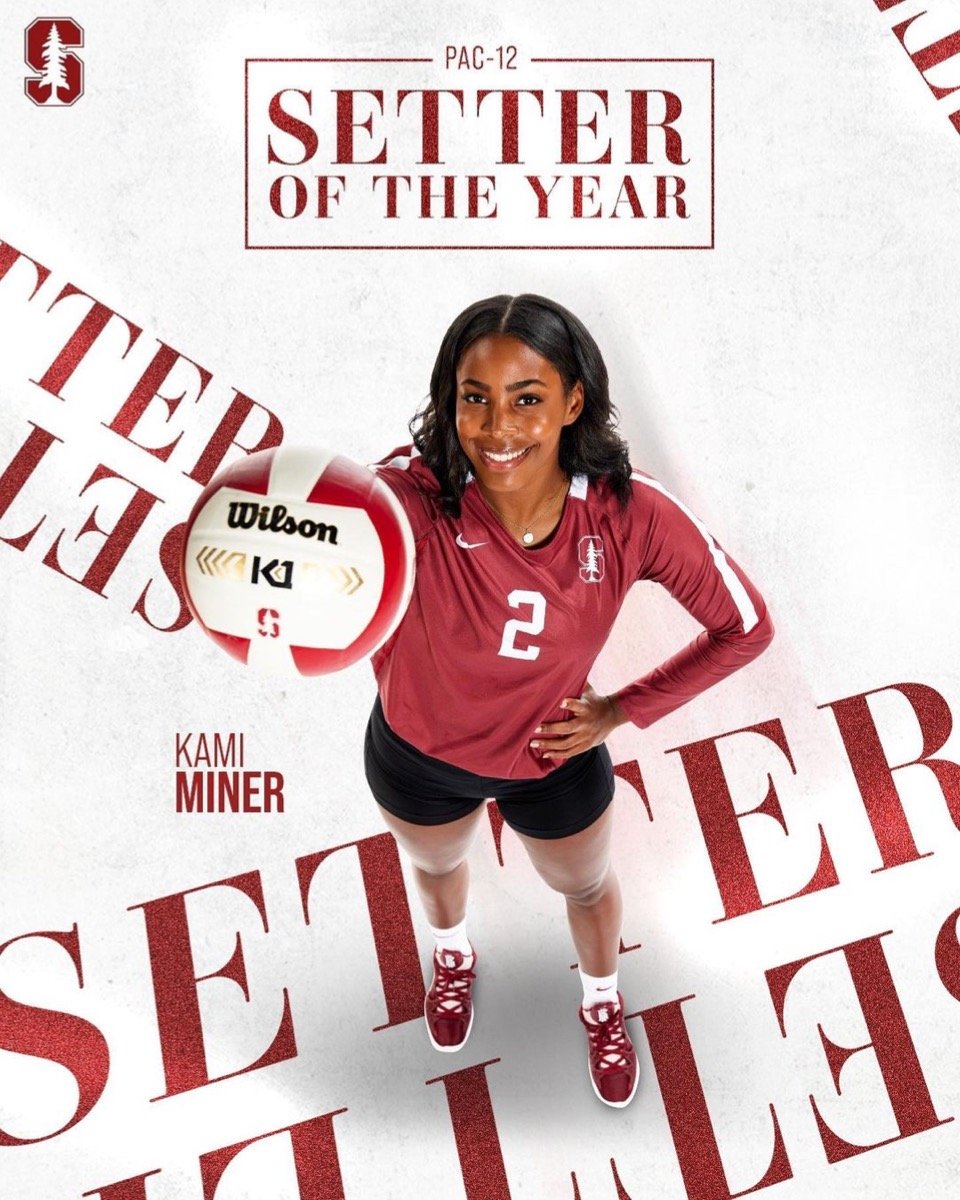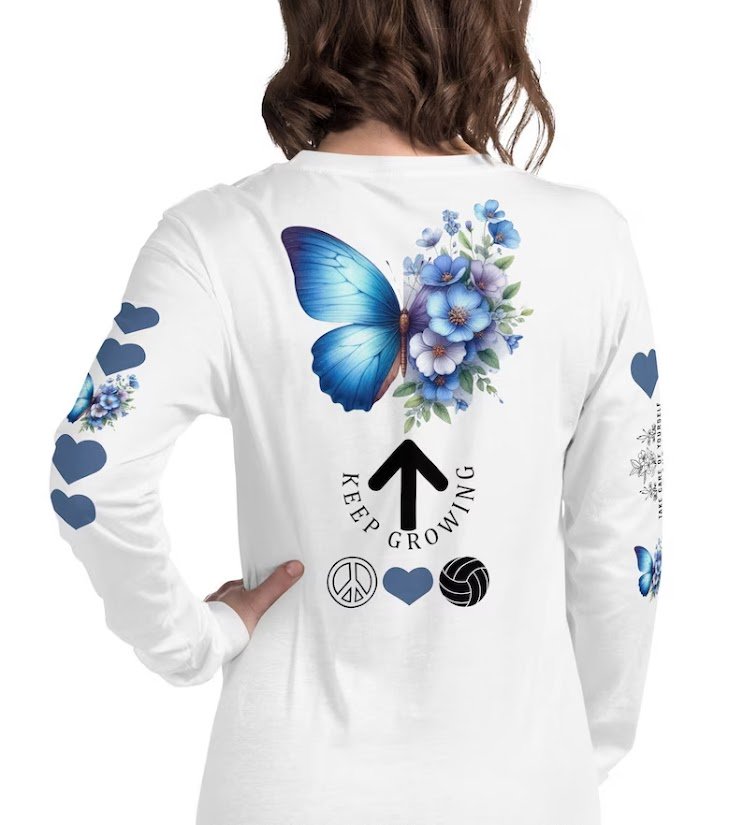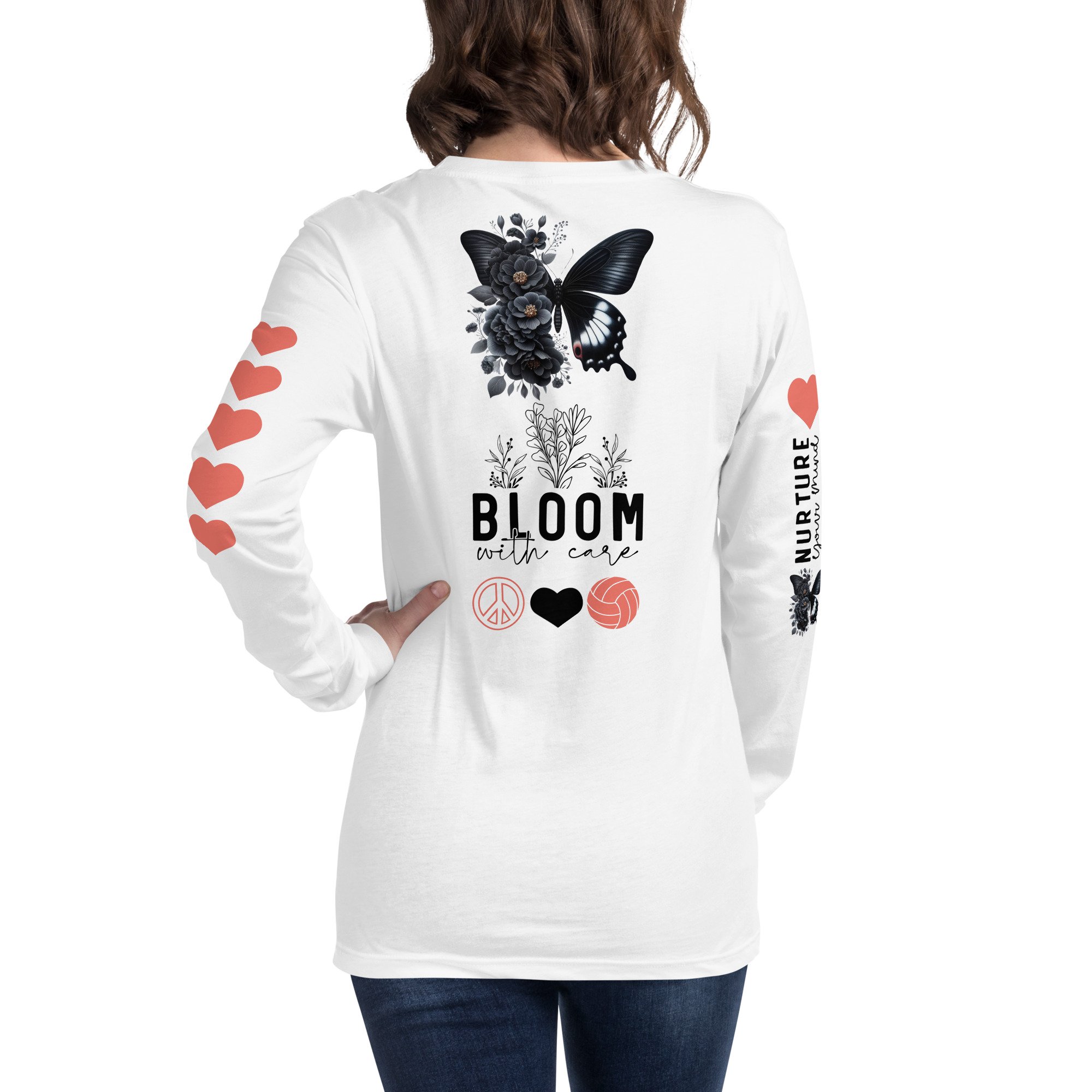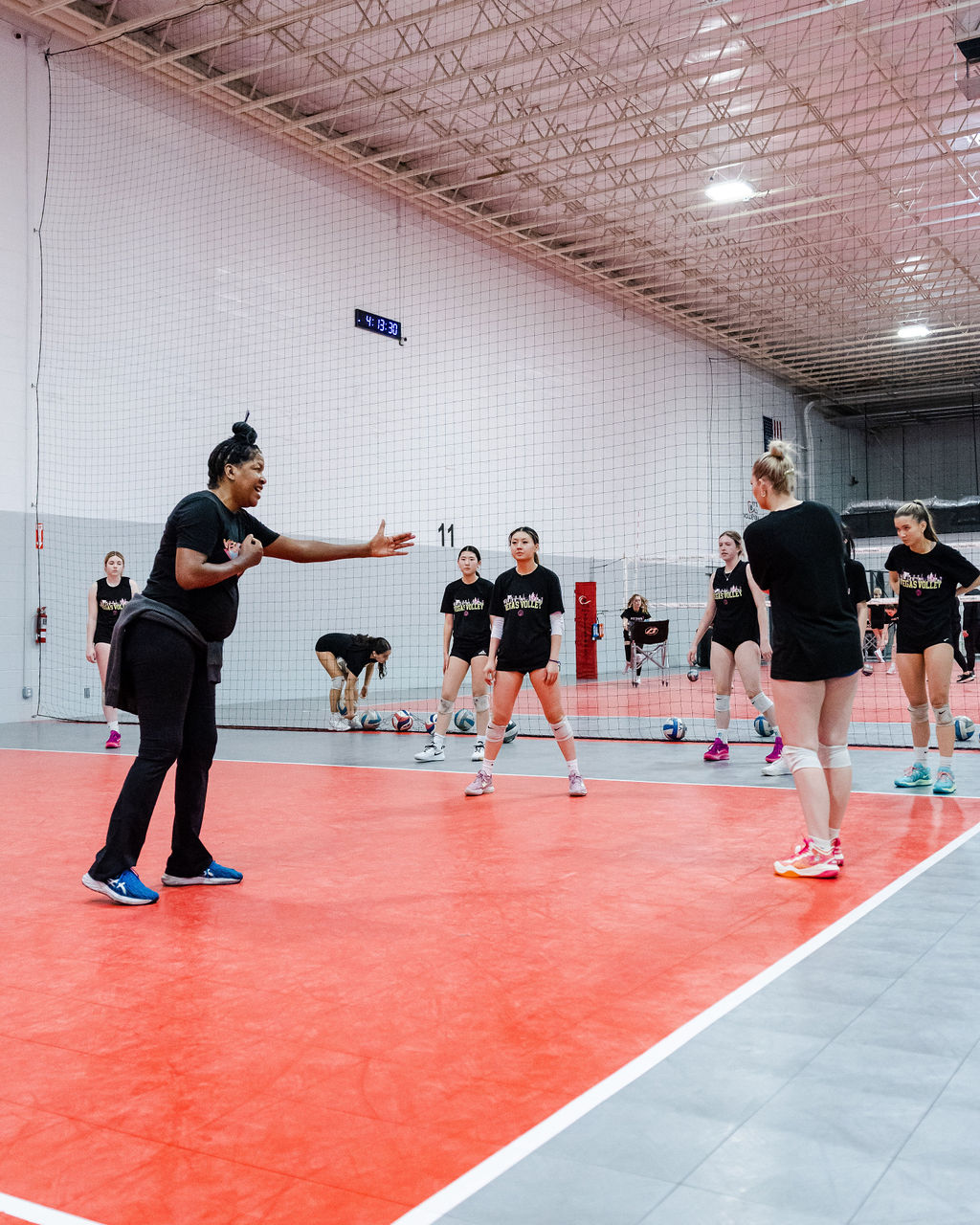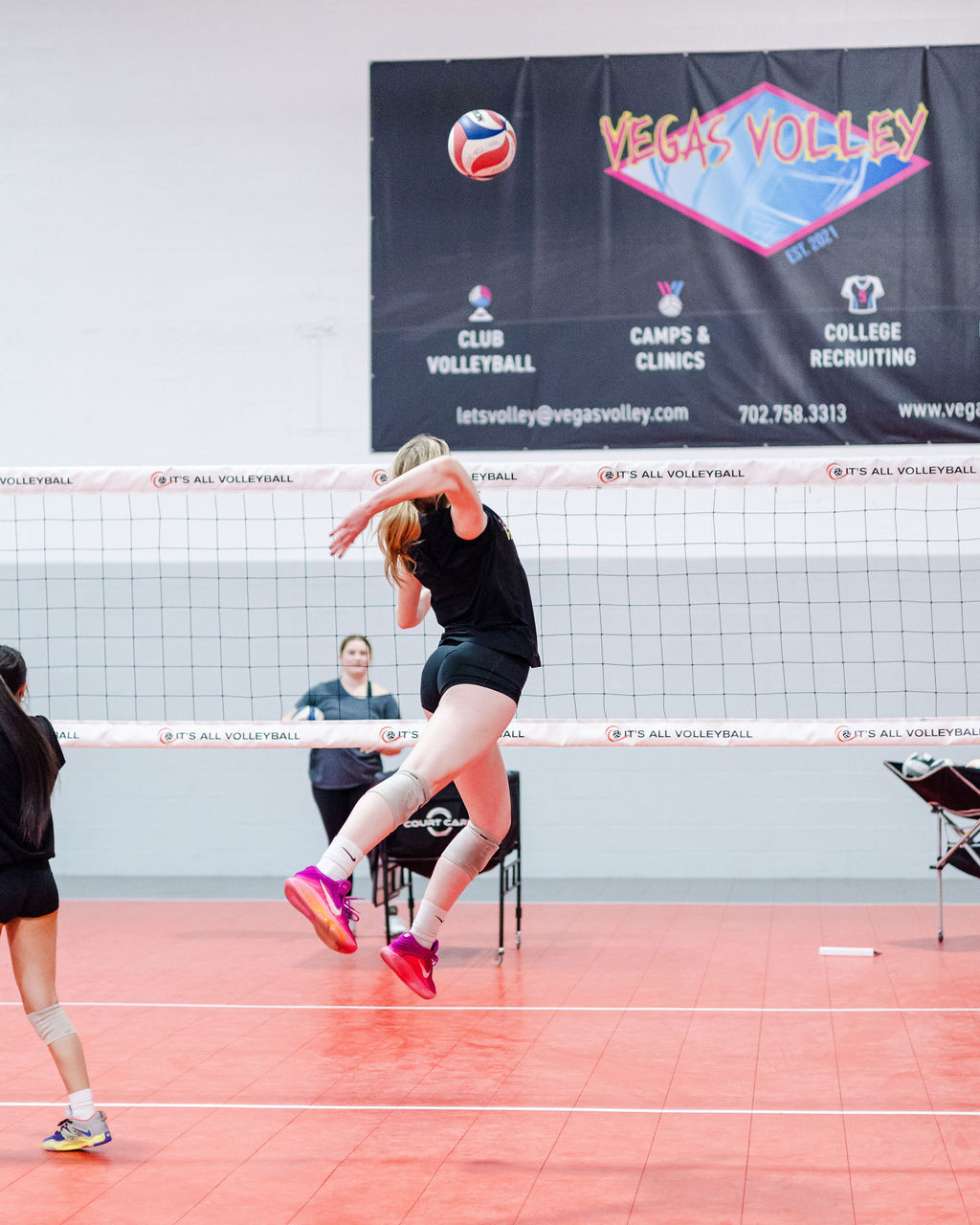- Improve Your Volleyball with Coach April
- Libero Volleyball Jargon For Savvy Moms
- Setter Slang and Terminology
 Dear Volleyball Mom,
Do You Know What Sets My Private Volleyball Training Apart From Anyone In Vegas?
I invite You to read what my private volleyball training mission says before considering hiring me as a private volleyball coach because I'm not available for everyone.
Dear Volleyball Mom,
Do You Know What Sets My Private Volleyball Training Apart From Anyone In Vegas?
I invite You to read what my private volleyball training mission says before considering hiring me as a private volleyball coach because I'm not available for everyone.Unlock the Secrets of Setter Slang and Terminology for a Fast Offense
Unlock the secrets of setter slang and terminology to boost your volleyball offense. Learn about key second tempo sets and incorporate them into your strategy.
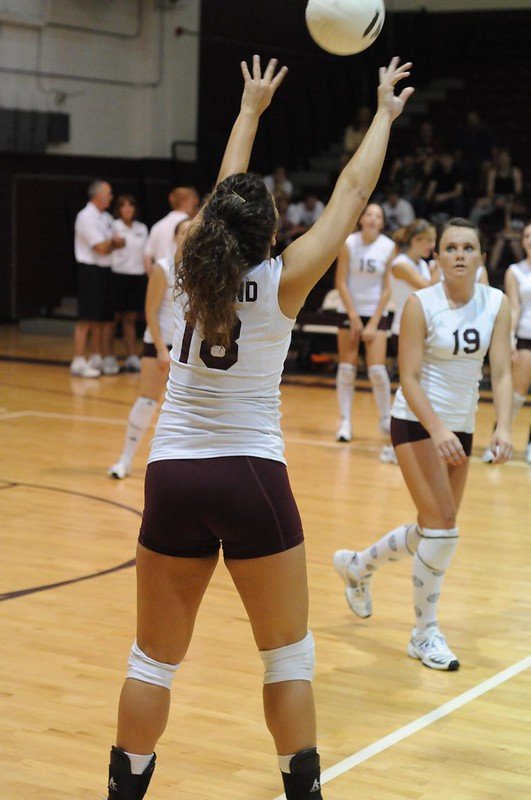 In this setter slang and terminology article you'll learn about key second tempo sets and how to incorporate them into your team's offensive strategy in order to beat the opposing block. (Dan Morgan photo)
In this setter slang and terminology article you'll learn about key second tempo sets and how to incorporate them into your team's offensive strategy in order to beat the opposing block. (Dan Morgan photo)Get ready because right now I dive into the world of setter slang terms, focusing on second tempo sets that can take your team's offense to the next level.
As a setter in volleyball, your role is crucial in orchestrating your team's offense.
To be effective, you need to understand and use various types of sets that can help your team run fast-paced and unpredictable offensive strategies.
By learning these terms and offensive techniques, you'll be able to communicate well with your teammates while keeping your opponents guessing about what offensive strategies you plan to use against them.
Understanding the Basics of Setter Slang and Terminology
Before I dig into the specific types of second tempo sets, I want to define what a set is in volleyball.
A set is an overhand contact of the ball, usually the second contact in a rally, made after a pass in serve receive or after a dig in defense.
The setter's job is to redirect the ball to a hitter in the front row or back row, enabling them to attack and score points.
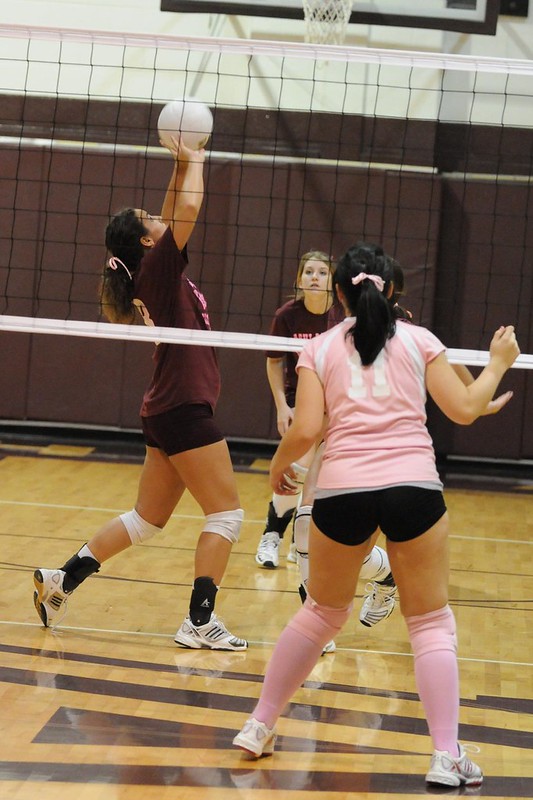 A set is an overhand contact of the ball, usually the second contact in a rally, made after a pass in serve receive or after a dig in defense. (photo by Dan Morgan)
A set is an overhand contact of the ball, usually the second contact in a rally, made after a pass in serve receive or after a dig in defense. (photo by Dan Morgan)What are second tempo sets?
The following setter slang terms describe different types of second tempo sets that junior varsity and varsity players usually learn how to set (and hit) so their team can run a faster offense.
These sets are lower to the net, making them faster paced than the usual high ball sets.
This means that the spiker has a little less time to take a full three-step or four-step spike approach.
With the lower faster set, the timing of the spike approach that gets them to the ball, in the air and above the net is faster than they would do for a high ball.
The change of speed is done on purpose so they can spike the ball, ideally, before the opposing team's block can get in place to try and stop the attack.
Check out this pepper drill option that you can do at home with a partner or against a wall. I love changing pepper options so players can work on controlling the ball. In this drill you'd dig to yourself, set your self a two ball (a second tempo set) with one hand and then again with the other hand before hitting a controlled ball to your partner who repeats the sequence.
Let me repeat, the offensive strategy behind setting second tempo sets is that ...the lower the set ...the less time the opposing team's blockers have to place themselves in front of you so they can block your attack hit.
Because of the lower set It becomes important for the spiker to work on a faster arm swing.
To beat the block with high ball sets, spikers rely on jumping high and swinging hard while with lower sets hitters rely on set location along the net and swinging faster for lower faster sets.
The "Hut" Set: A Key Piece of Setter Slang and Terminology
The "hut" is a second tempo set
- shaped like an umbrella
- reaches a height of 5 to 7 feet above the top of the net
- is delivered to fall within the three feet by three feet area in front of the antenna in Zone 4 by the setter
- the left side outside hitter usually hits the hut
The setter aims to deliver the ball within the three feet by three feet area in front of the antenna in Zone 4.
What is the "32" Set in Setter Slang and Terminology?
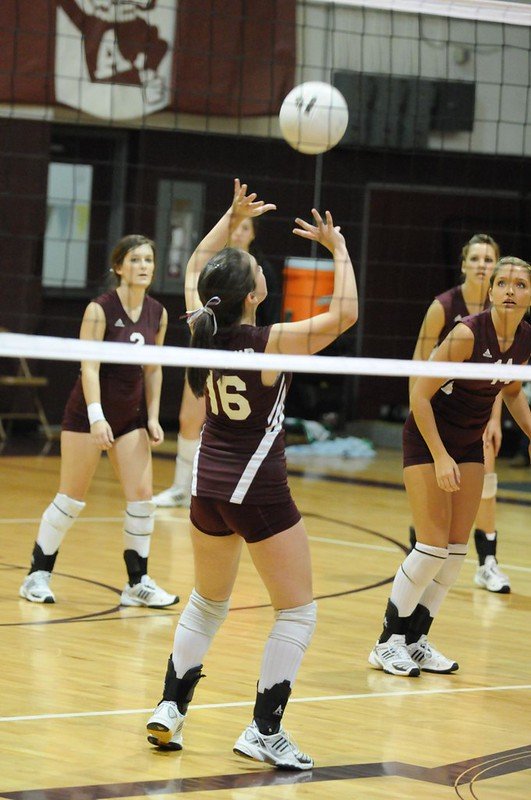 Another important setter slang word that should be in the setter's tool box is the "32." The "32" is delivered as part of a combination play with the "31" set and is designed to fall two to three feet off the net, landing between Zone 4 and Zone 3. (Dan Morgan photo)
Another important setter slang word that should be in the setter's tool box is the "32." The "32" is delivered as part of a combination play with the "31" set and is designed to fall two to three feet off the net, landing between Zone 4 and Zone 3. (Dan Morgan photo)The "32" is a second tempo set
- shaped like an umbrella
- reaches a height of 3 or 5 feet above the top of the net
- is delivered as a part of a combination play with the 31
- is designed to fall two to three feet off the net so the ball lands between Zone 4 and Zone 3
- is behind the hitter who is hitting the faster paced 31 set
- usually hit by the left outside hitter
Another important setter slang word that should be in the setter's tool box is the "32."
This second tempo set is also shaped like an umbrella and reaches a height of 3 to 5 feet above the net.
The "32" is delivered as part of a combination play with the "31" set and is designed to fall two to three feet off the net, landing between Zone 4 and Zone 3.
Most coaches like myself run the "32 second tempo set" right behind the 31 (a first tempo set) so when the middle hitter comes down from swinging at the super quick 31 set the outside hitter is going up to hit the slightly slower paced 32 located right behind the 31 hitter who has landed already.
Using the "Red" Set in Setter Slang and Terminology
The "red" is a second tempo back set
- shaped like an umbrella
- reaches a height of 3 or 5 feet above the top of the net
- is a backset set backwards over the setter's head
- is delivered to fall within the three feet by three feet area in front of the antenna in Zone 2 by the setter
- the right side positions and opposites usually hit the red
This set is shaped like an umbrella, reaches a height of 3 to 5 feet above the net and is aimed to fall within the three feet by three feet area in front of the antenna in Zone 2.
The "Two" Set Is A Medium Paced Middle Attack in Setter Slang and Terminology
A two set in volleyball is
- a second tempo set delivered in Zone 3
- usually set to the middle hitter
- is about 2 to 3 feet in the air right in front of the setter
- sometimes to one of the outside hitters who use their spike approach to come to the middle of the net to attack a two-ball
The "two" set, also known as a "two ball," is a second tempo set in setter slang and terminology and is about 2 to 3 feet in the air delivered in Zone 3, usually to the middle hitter.
Depending on the type of offensive combo play a setter calls, sometimes outside hitters will also use their spike approach to come to the middle of the net and attack a "two" set.
This medium paced two set to the middle of the court can be highly effective in catching the opposing team's blockers off guard.
The Strategic Advantage of Second Tempo Sets in Setter Slang and Terminology
By setting the ball lower and faster, you give your hitters more time to execute their attacks before the blockers can set up their defense.
So To Sum Things Up With Setter Slang and Terminology Used By Setters and Hitters
In conclusion, learning the setter slang and terminology, in this case, second tempo sets like the "hut," "32," "red," and the "two," is essential for any setter looking to run a faster and effective offense that scores points for your team.
By understanding how to run these sets, you'll be able to
- communicate on the court with your teammates,
- keep your opponents guessing and
- put more points on the board.
As you continue to develop your skills as a setter, keep practicing these second tempo sets with setting drills and incorporate them into your offensive strategy.
With dedication and repetition, you'll soon be running a lightning-fast offense that will be the envy of your competitors.
Unlock the Secrets of Setter Slang and Terminology for a Fast Offense
Where do you need to go now?
Here are three options:
- Learn more about the volleyball words, terms and terminology in the Related Links below.
- Follow the suggested reading on our Sitemap page Learning How To Play (Sitemap)
- Or visit the pages in the Terms section in the drop down menu at the top of the page.
SUSCRIBE
To My Email Newsletter Below!
From Lady Vol to Legend: Coach April Produces Powerful Passionate Players...is that you?
What Are You Looking For?

Hi there!
Thanks for stopping by. Hope you learned something today that will help you reach your volleyball goals.
Be sure to subscribe to my email newsletter so you can learn more each week!
Stay strong! Stay motivated!
-Coach April

SUSCRIBE
to my email newsletter below!
Vegas Volleyball's Unsung Heroes: Celebrating Moms with Peace Love Volleyball Shirts
Ready to energize your volleyball mom journey?
Subscribe to my 'Producing Powerful Passionate Peaceful Players' email list above on ImproveYourVolley.com.
You'll receive energy-boosting tips, exclusive insights from me, Coach April Chapple on maintaining momentum in volleyball.
Let's power up the Vegas volleyball scene together!
Recent Articles
-
Volleyball Partner Passing Drills You Can Do To Improve Ball Control
Apr 21, 25 12:42 AM
These volleyball partner passing drills we do in Boot Camp classes are drills you can do at home in order to improve your consistency and ball control skills. -
The Volleyball Pepper Drill: Partner and Three Player Pepper Drills
Apr 19, 25 02:04 PM
The volleyball pepper drill is a ball control drill using setting, digging and hitting skills usually done as a partner or three player person drill in warmup. -
Best Volleyball Drills For Setters, Hitters, Liberos, Passers Blockers
Apr 19, 25 04:08 AM
Best volleyball drills are essential exercises in the learning process for players to improve your serving, hitting, passing, spiking, setting, blocking skills.
Editor's Choice
